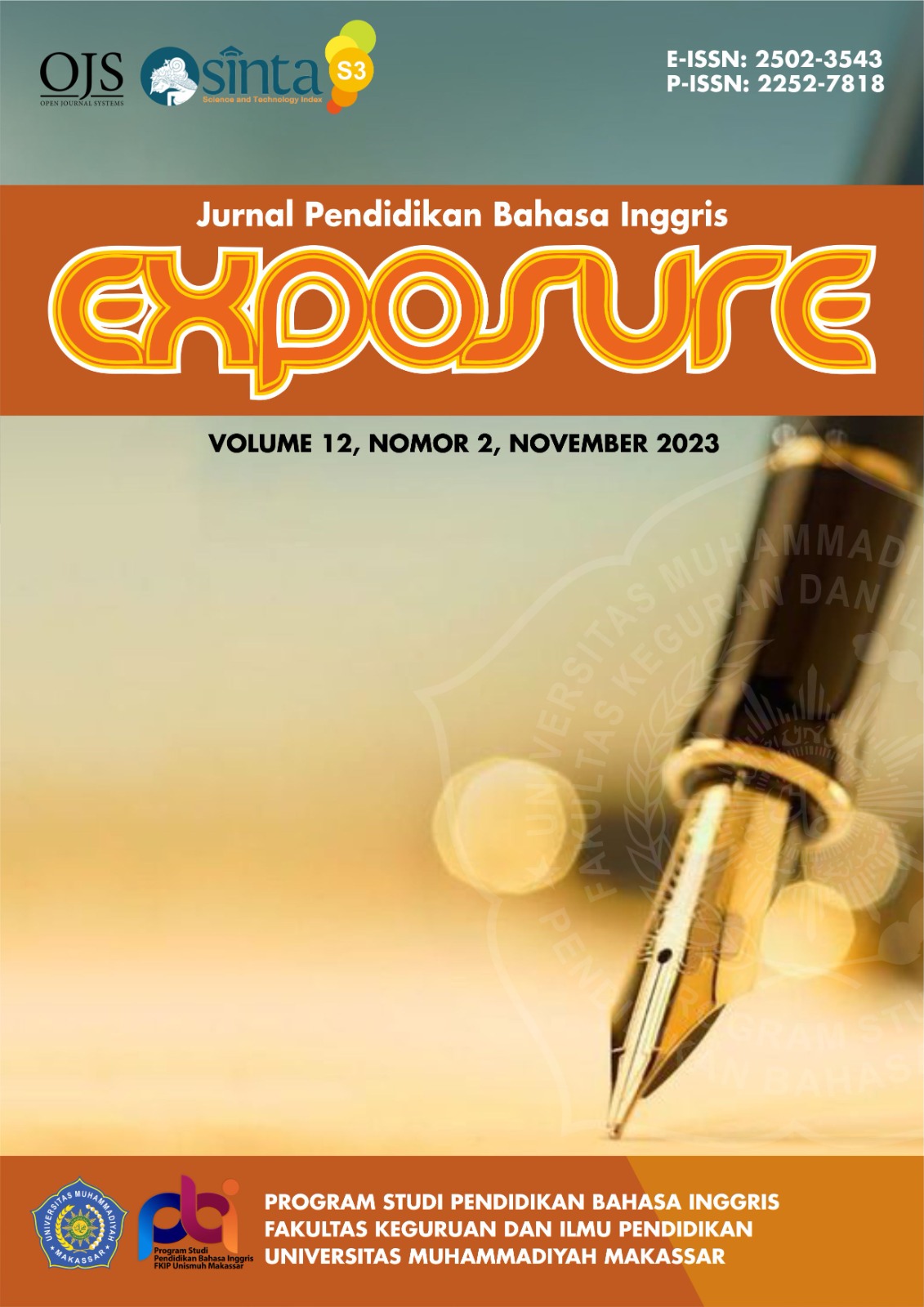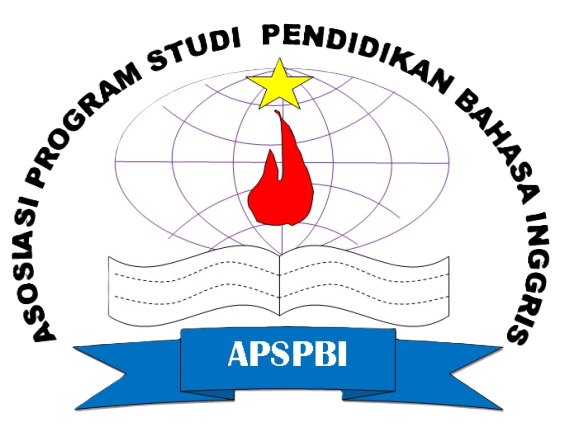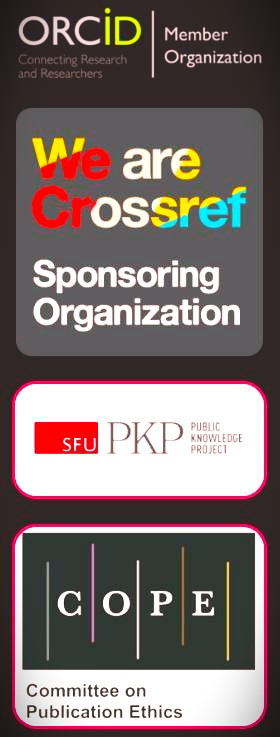IMPLEMENTATION OF JIGSAW TECHNIQUE IN VOCABULARY ACQUISITION
DOI: https://doi.org/10.26618/exposure.v12i2.12720
Jigsaw technique, Vocabulary acquisition
Abstract
Undeniably, the teacher-centered learning approach has long been abandoned. From the preliminary observation conducted in an elementary school located in Sidoarjo, Indonesia, it is found that most of the teachers still maintain their role as the knowledge providers. In consequence, the motivation and participation of the students are low. Therefore, this study was aimed at describing the implementation of jigsaw technique in vocabulary acquisition and obtaining the students’ perception of the implementation of the technique. Method. This qualitative study collected data using observation on English learning in a classroom to obtain a description about the implementation of jigsaw technique in vocabulary acquisition. Both field notes and a checklist will be used to collect the data concerning with the students’ activities when applying the jigsaw technique. Moreover, a questionnaire will be spread to the students to obtain the students’ perception of the implementation of the technique. Results and Discussion. The application of jigsaw technique in learning has followed an appropriate procedure. In addition, the students also showed positive perceptions of the Jigsaw Technique. This technique can create a positive learning environment, support Student-Centered Learning (SCL), support cooperative learning, and help students gain skills. Conclusion. The jigsaw technique is useful for learning English, especially in gaining understanding. Considering the benefits that students gain after applying the jigsaw technique to learn English, this technique is also recommended for improving other English language skills, such as listening, speaking, reading, and writing.
References
Arends, R. I. (2008). Learning to Teach (Belajar untuk Mengajar). Yogyakarta: Pustaka Pelajar.
Aronson, E. (2023). Jigsaw Classroom. Retrieved from https://www.jigsaw.org/
Benes, S., & Alperin, H. (2023). Characteristics of a Positive Learning Environment. Retrieved from https://us.humankinetics.com/blogs/excerpt/characteristics-of-a-positive-learning-environment#:~:text=A%20positive%20learning%20environment%20is,and%20between%20yourself%20and%20students.
Creswell, J. W. (2012). Educational Research: Planning, Conducting, and Evaluating Quantitative and Qualitative Research. Boston, MA. : Pearson Education, Inc.
Destirahmawati. (2021). Improving Students' Vocabulary Mastery through Jigsaw Techniques in 21st Century Journal of Educational Study, Volume 1(2). doi:10.36663/joes.v1i2.153
Dornyei, Z. (2007). Research Method In Applied Linguistics: Qualitative, Quantitative, and Mix Methodologies. . New York: Oxford University Press.
Isjoni. (2010). Pembelajaran Kooperatif : Meningkatkan kecerdasan Komunikasi Antar Peserta Didik. Yogyakarta: Pustaka Pelajar.
Jacobs, G. M., Renandya, W. A., & Power, M. (2016). Simple, Powerful Strategies for Student Centered Learning. Singapore: Springer Nature.
Kousa, M. A. (2015). Jigsaw cooperative learning in engineering classrooms. Paper presented at the IEEE Global Engineering Education Conference (EDUCON), Tallinn, Estonia.
Lie, A. (2008). Cooperative Learning: Mempraktikkan cooperative learning di ruang-ruang kelas. Jakarta: Grasindo.
Namaziandos, E., Gilakjani, A. P., & Hidayatullah. (2020). Enhancing pre-intermediate EFL learners’ reading comprehension through the use of Jigsaw technique. Cogent Arts and Humanities, 7(1).
Nation, I. S. P. (2013). Learning Vocabulary in Another Language (2nd ed.). Cambridge: Cambridge University Press.
Nation, P. (2018). Keeping it practical and keeping it simple. Language Teaching, 51(1), 138-146. doi:10.1017/S0261444817000349
Putri, D. S. A. (2013). The Use of Jigsaw II Technique and Still Pictures Combination to Improve Students' Vocabulary Mastery. Journal of English Language Teaching, 2(2).
Putri, H. S. D. Y. A., & Yosintha, R. (2022). The Use of Breakout Rooms Discussion in Jigsaw Online Learning Class Developing Creativity and Increasing Student Engagement. English Language Teaching and Research Journal, 6(2), 86-95.
Schmitt, N., Nation, P., & Kremmel, B. (2019). Moving the field of vocabulary assessment forward: The need for more rigorous test development and validation. Language Teaching, 53(1), 109-120. doi:10.1017/S0261444819000326
Siregar, N. C. M., & Girsang, C. N. (2020). The Effect of Using Jigsaw Technique on Students’ Vocabulary Ability at SMP Swasta Kartika 1-2 Medan Journal of English Education and Teaching (JEET), 4(1).
Slavin, R. E. (2008). Cooperative Learning Teori, Riset dan Praktik. Jakarta: Nusa Media.
Umam, K. (2021). The Use of JIGSAW to Improve The Student’s Vocabulay for The Eight Year Students of MTs Miftahul Ulum. Pedagogika: Jurnal Ilmu-Ilmu Kependidikan, 1(1), 22-25.
Wollacott, M. (2023). What is vocabulary acquisition? Language Humanities.org. Retrieved from https://www.languagehumanities.org/what-is-vocabulary-acquisition.htm
Yin, R. K. (2011). Qualitative Research From Start to Finish. New York: The Guilford. Press.
Downloads
Published
How to Cite
Issue
Section
License
Authors who publish with this journal agree to the following terms:
In order to assure the highest standards for published articles, a peer review policy is applied. In pursue of the compliance with academic standards, all parties involved in the publishing process (the authors, the editors and the editorial board and the reviewers) agree to meet the responsibilities stated below in accordance to the Journal publication ethics and malpractice statement.
Duties of Authors:
- The author(s) warrant that the submitted article is an original work, which has not been previously published, and that they have obtained an agreement from any co-author(s) prior to the manuscript’s submission;
- The author(s) should not submit articles describing essentially the same research to more than one journal;
- The authors(s) make certain that the manuscript meets the terms of the Manuscript Submission Guideline regarding appropriate academic citation and that no copyright infringement occurs;
- The authors(s) should inform the editors about any conflict of interests and report any errors they subsequently, discover in their manuscript.
Duties of Editors and the Editorial Board:
- The editors, together with the editorial board, are responsible for deciding upon the publication or rejection of the submitted manuscripts based only on their originality, significance, and relevance to the domains of the journal;
- The editors evaluate the manuscripts compliance with academic criteria, the domains of the journal and the guidelines;
- The editors must at all times respect the confidentiality of any information pertaining to the submitted manuscripts;
- The editors assign the review of each manuscript to two reviewers chosen according to their domains of expertise. The editors must take into account any conflict of interest reported by the authors and the reviewers.
- The editors must ensure that the comments and recommendations of the reviewers are sent to the author(s) in due time and that the manuscripts are returned to the editors, who take the final decision to publish them or not.
Authors are permitted and encouraged to post online a pre-publication manuscript (but not the Publisher’s final formatted PDF version of the Work) in institutional repositories or on their Websites prior to and during the submission process, as it can lead to productive exchanges, as well as earlier and greater citation of published work (see The Effect of Open Access). Any such posting made before acceptance and publication of the Work shall be updated upon publication to include a reference to the Publisher-assigned DOI (Digital Object Identifier) and a link to the online abstract for the final published Work in the Journal.














